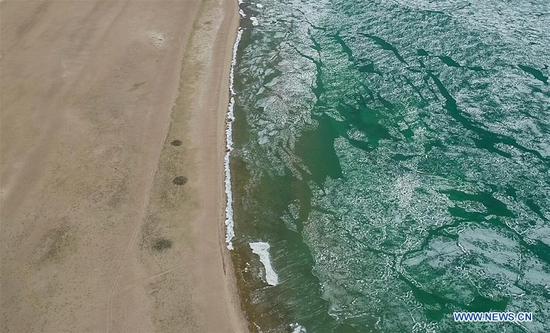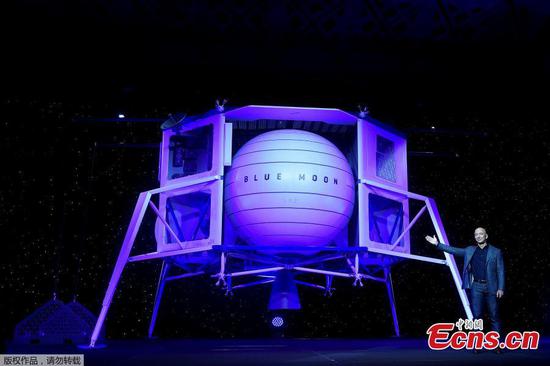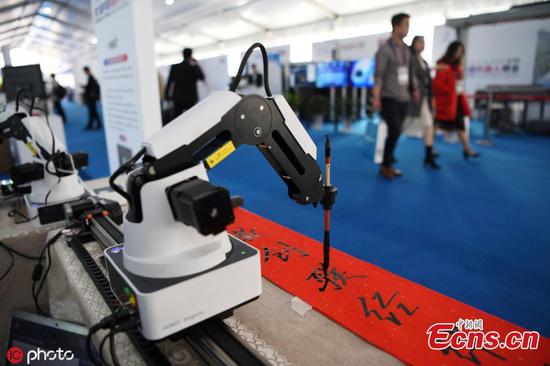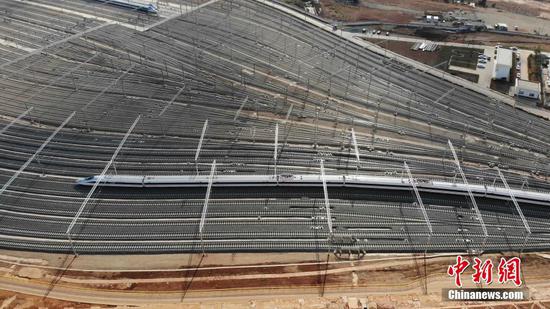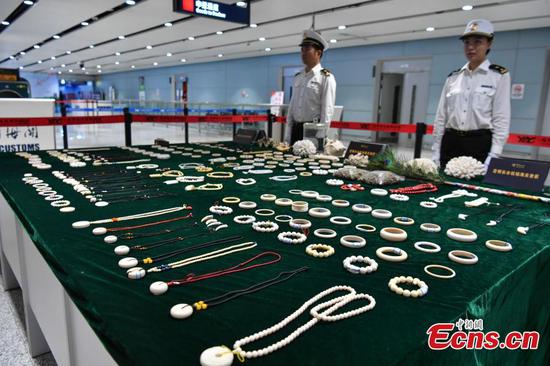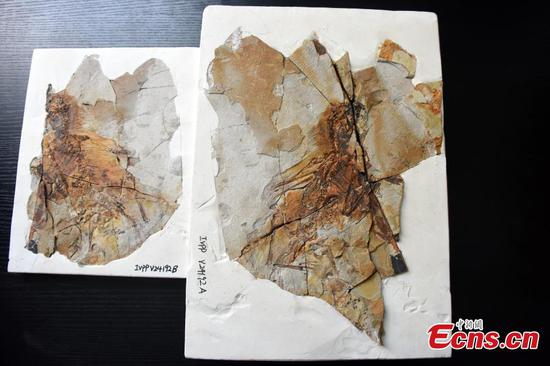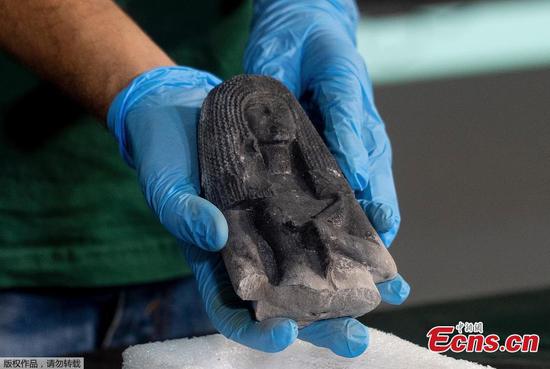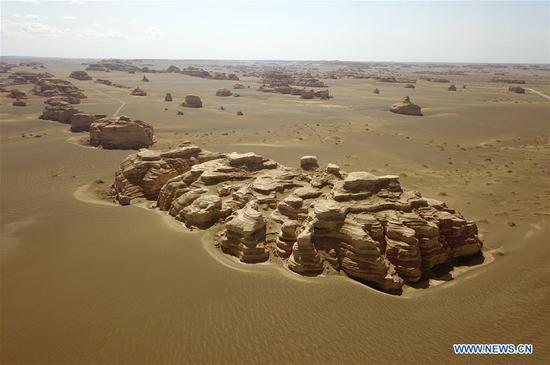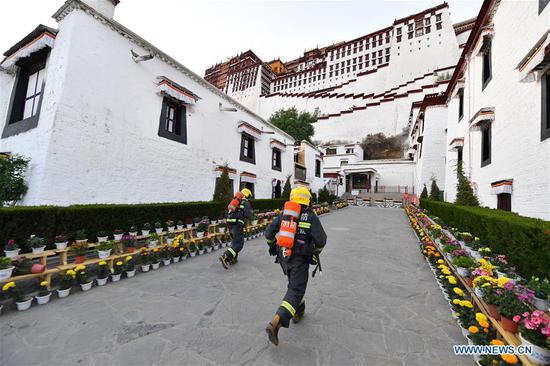China's lunar rover Yutu-2 has driven 190.66 meters on the far side of the moon to conduct scientific exploration on the virgin territory.
Both the lander and the rover of the Chang'e-4 probe switched to dormant mode for the lunar night on Saturday, according to the Lunar Exploration and Space Program Center of the China National Space Administration.
China's Chang'e-4 probe, launched on Dec. 8, 2018, made the first-ever soft landing on the Von Karman Crater in the South Pole-Aitken Basin on the far side of the moon on Jan. 3.
A lunar day equals 14 days on Earth, a lunar night the same length. The Chang'e-4 probe switches to dormant mode during lunar night due to lack of solar power.
During the fifth lunar day of the probe on the moon, the scientific instruments on the lander and rover worked well. A total of 6.6GB of scientific detection data has been sent to the core research team for analysis.
As a result of the tidal locking effect, the moon's revolution cycle is the same as its rotation cycle, and the same side always faces Earth.
The far side of the moon has unique features, and scientists expect Chang'e-4 could bring breakthrough findings.
The scientific tasks of the Chang'e-4 mission include low-frequency radio astronomical observation, surveying the terrain and landforms, detecting the mineral composition and shallow lunar surface structure and measuring neutron radiation and neutral atoms.
The Chang'e-4 mission embodies China's hope to combine wisdom in space exploration with four payloads developed by the Netherlands, Germany, Sweden and Saudi Arabia.














